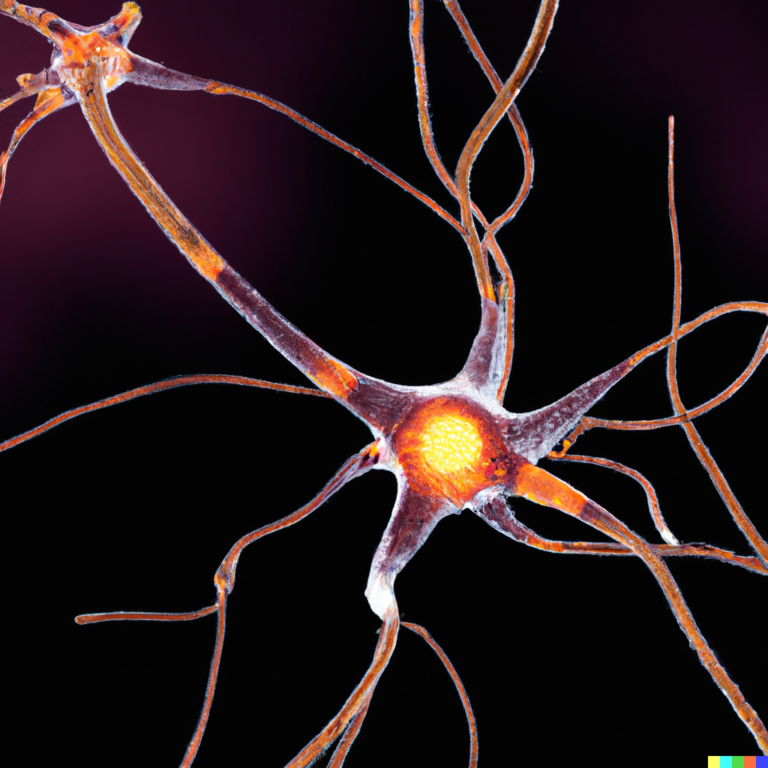Whispered Memories: Private Conversations That Unearth the Past
Memories are like layers of an old building, each one telling a story of who we were and who we have become. Just as a historical site might have layers of different cultures and histories, our minds hold memories that shape our identity. These memories can be both cherished and painful, and they often influence how we see ourselves and our place in the world.
Imagine walking into an ancient church where the walls reveal different eras of history. You might see Islamic calligraphy on the surface, but beneath it, there could be a Byzantine mosaic, and even further down, remnants of an older pagan temple. Each layer represents a different time and culture, just like how our memories represent different stages of our lives. The question is, which layers should we preserve, and which should we let go of?
This dilemma is not just about architecture; it’s also deeply personal. We all have different versions of ourselves from past experiences. Perhaps you were once a popular teenager or a successful artist, but those roles may no longer define you today. The challenge is deciding which parts of your past to keep visible and which to hide.
Memory reconsolidation is a process where our older memories can be reshaped or replaced by new experiences. This means that every time we recall a memory, we subtly rewrite it, much like a historian restoring a fresco might change its meaning. Our minds are constantly revising what we know to keep our self-image consistent and coherent.
However, this process can lead to cognitive dissonance, where we struggle with conflicting memories or identities. It’s like trying to restore an ancient building while deciding which historical elements to emphasize. Should we focus on the most recent layer or the oldest? Similarly, individuals often work to resolve contradictions in their personal narratives by suppressing or rewriting their pasts.
Selective attention also plays a role in how we remember. We are exposed to a vast amount of information daily, but we can only retain a small portion of it. What we remember is often what is easiest to recall, rather than what is entirely accurate. This selective memory can shape our worldview and influence how we perceive ourselves.
The ethics of personal restoration are complex. Once a memory is reframed or hidden, it can be difficult to retrieve the original experience. This is similar to removing a historical layer from a building; once it’s gone, it’s often lost forever. Some people find strength in remembering past challenges, while others try to cover them up.
Ultimately, our memories are like a temple under constant construction. The challenge is not just what to remember but how to reconcile our past selves with who we want to be today. Perhaps the most honest approach is to let every layer of our memories show, revealing the struggles and growth that make us who we are. By embracing all aspects of our past, we can find a deeper understanding of ourselves and our place in the world.





